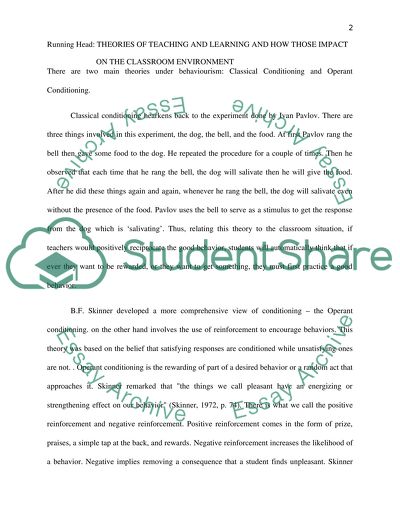Cite this document
(“Educational psychology - Investigate theories of teaching and learning Assignment”, n.d.)
Retrieved from https://studentshare.org/other/1426113-educational-psychology-investigate-theories-of
Retrieved from https://studentshare.org/other/1426113-educational-psychology-investigate-theories-of
(Educational Psychology - Investigate Theories of Teaching and Learning Assignment)
https://studentshare.org/other/1426113-educational-psychology-investigate-theories-of.
https://studentshare.org/other/1426113-educational-psychology-investigate-theories-of.
“Educational Psychology - Investigate Theories of Teaching and Learning Assignment”, n.d. https://studentshare.org/other/1426113-educational-psychology-investigate-theories-of.


